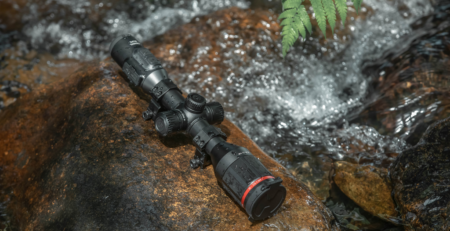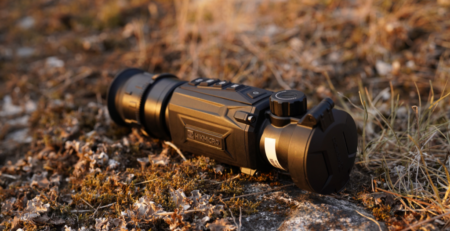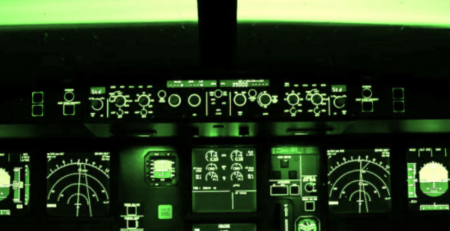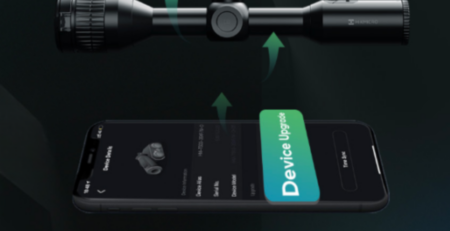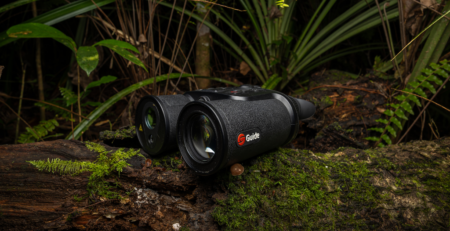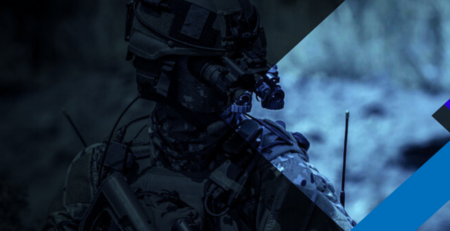
Gen 1, Gen 2 & Gen 3 Night Vision: What Is The Difference?
Night Vision2024-08-14T11:37:09+10:00One of the most common questions we get at Night Vision Australia is “What is the difference between night vision generations?”
In this article I will try and help clear up some of the confusion surrounding night vision. We will also try and educate you a little bit regarding the differences in night vision generations.
It is always best to start at the beginning, so the most important question to answer is:
Who makes these classifications?
When someone refers to the night vision generations they are not referring to the device itself. Night vision generations refer to the Image Intensifier Tube (IIT) inside the device. The IIT is a tube which amplifies the available ambient lighting conditions by speeding up the electrons of the incoming light (this is a very basic and non-scientific way of explaining how night vision works).
The term ‘generation’ was originally developed for military use in an effort to standardise equipment specifications across nation militaries. These generations have since developed into a common reference point for the quality of night vision devices or “NVD” for military and civilian personnel alike. Through the extensive use in TV Shows and movies, night vision has gained much more attention in the public eye. Benefits are seen within security, military operations, hunting, farming and general use.
Gen 1 Night Vision
Generation 1 NVD’s are the oldest of the night vision technology (there was generation 0 but we won’t go into that) and has been in use since as early as the 1950’s. Gen 1 tubes do not have a global standard like Gen 2 and Gen 3 which means the quality of tube can vary from device to device. These devices are best suited for short range observation in half moon conditions. They are ideal for the average person who has always wanted to experience the power of night vision.
Within generation 1 tubes you should expect to see imperfections (blemishes) within the tube. These blemishes appear in the form on black dots when you look through the device. In lower light conditions, an Infrared Illuminator may be required to achieve a clear picture and these can either be in-built or standalone torches, depending on your device. Devices generally start from $350 for a monocular and range from $500-$1000 for night vision goggles.

Gen 2 Night Vision
Life Expectancy
Generation 2 NVD’s are a very big leap from generation 1 in both quality and life expectancy. While the average Gen 1 tube is rated to give the user around 1,000 hours of use during its life time, a generation 2 IIT is rated to give the user between 2,500 hours and 5,000 hours. To put 5,000 hours into perspective:
If you used your night vision monocular for 1.5 hours, per day, EVERY SINGLE DAY, you should expect to get 3,333 days of use from that tube. That is over 9 years of extended daily use. It is fair to say most people will not be using their device for 1.5 hours every day of the year. Gen 2 tubes have been known to last well over 10 years if the user takes care of their device.
How The Tube Works
The way that Gen 2 tubes are able to produce such a clearer and brighter image to their gen 1 counter-parts is the addition of the Micro-Channel Plate (MCP). The addition of this MCP has allowed manufacturers of night vision generations 2 devices to offer users a greater range of detection, an image quality closer to Generation 3 than it is to Generation 1 and ability to work in low light conditions at a far higher quality without the need for an IR just to name a few.
One thing you should be aware of before diving into buying a Gen 2 is that not all Gen 2 tubes are rated the same. Just like a car with a standard, sports and pro model line, NVD’s offer differing quality of tube which all still fall under the umbrella ‘Generation 2’.
An Example
Lets take the AGM Wolf-7 Pro Night Vision Goggles as an example. This unit comes with 4 different quality IIT’s but the housing is near identical. The major difference between the models is the lp/mm offered by the tube inside the device. Lp/mm stands for line pairs per millimeter and essentially refers to the resolution/quality of the image you will see. For example the Standard Definition (SD) model has a lp/mm of 45-51. This is compared with the High Definition (HD) model boasts a huge 55-72 lp/mm. As you can see there is a massive difference in lp/mm within the same product line, which in turn gives varying performance qualities.
TIP: If you are looking to buy a gen 2 night vision device and the seller can’t tell you the lp/mm, approach the deal very carefully. As seen above since there is such a huge gap between ‘entry level’ gen 2 and ‘high end’ gen 2 it is very difficult to gauge the quality and value of the device without all of the information.

Gen 3 Night Vision
Generation 3 NVD’s are the best of the best when it comes to civilian grade night vision. Due to its high price point,
Generation 3 is generally reserved for military, law enforcement and those seeking the best equipment on the market. Gen 3 life expectancy trumps generation 1 and 2 by offering between 7,500 and 10,000 hours of tube life.
The global measure for Generation 3 tube quality is given by the Figure Of Merit (FOM). This is done by multiplying the lp/mm with the Signal To Noise Ratio (SNR). For example:
A tube has a lp/mm of 64 and a SNR of 25
64 lp/mm x 25 SNR = 1600 FOM
Gen 3 devices are much like gen 2 devices in the respect that the quality can vary greatly depending on the specifications. A high quality Gen 3 should give the user an exceptionally clear, crisp and bright image. Gen 3 units will perform the best under low light conditions without the aid of IR. Many models will give the user the option of having an auto-gated or manual gain tube.

While this is by no means an extensive explanation of the differences between all of the night vision generations I am hoping it has helped your night vision education process.
If you have any questions, Please feel free to ask. Our experienced team at Night Vision Australia based in Sydney, Australia are always more than happy to assist.




